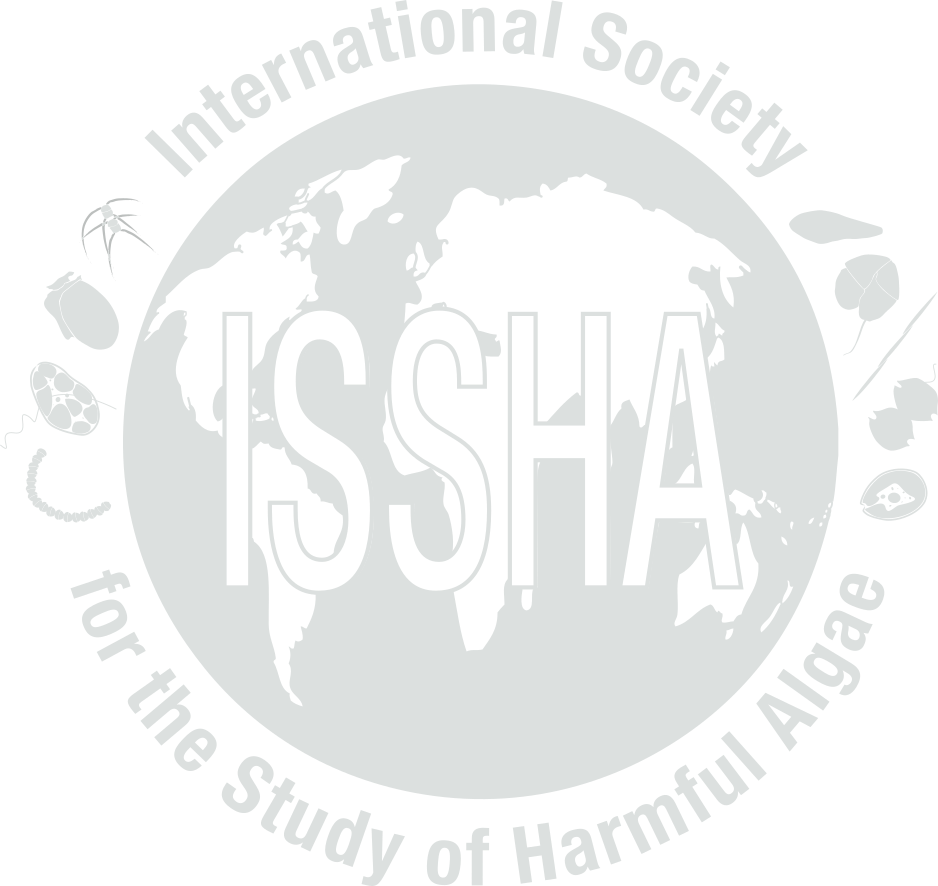


| Event name: | US-89-007 | |
| Country: | UNITED STATES | |
|
Nature of the harmful event: |
Water Discoloration | |
|
Event directly affected: |
Humans | |
| Toxicity detected: | Yes | |
| Associated syndrome: | ||
| Unexplained toxicity: | No | |
| Species implicated in toxin transmission (transvector): | ||
| Report the outcome of a monitoring programme: | Yes | |
| Event occurred before in this location: | Yes (One of our most frequent dinoflagellates.) | |
| Individuals to contact: | FREUDENTAL, Anita | |
| Location: | Latitude: , Longitude: | |
| General location information: |
Nassau County, Long Island., New York. HAB Area code(s): US-08 |
|
| Additional location information: | Near shore L.I. Sound and within the North Shore harbors, especially Hempstead Harbour. | |
| Bloom event dates (yyyy/mm/dd): |
Event Date:1989-08-01 Start: 1989-08-01, |
|
| Quarantine levels dates (yyyy/mm/dd): | ||
| Additional date-related information: | Initially observed on August 1, 1989, with distinct brown water discoloration. | |
| Causative organism known: | Yes | |
| Causative Species/Genus: |
Dinophysis acuminata
(700,000 cells/L)
|
|
| Co-Ocurring Species/Genus: | ||
| Chlorophyll concentration, if known: | µg/l | |
| Additional bloom information: | Estuarine Immediately succeeding 'crashing' diatom bloom of Eucampia zoodiacus and Chaetoceros socialis | |
| Event-related bibliography: | ||
|
||||||||||||||||||||||||||
| Nutrient information: | ||||||||||||||||||||||||||
| Temperature Range During Event: | Max: °C, Min: °C | |||||||||||||||||||||||||
| Salinity Range During Event: | ||||||||||||||||||||||||||
| Bloom location in the water column: | ||||||||||||||||||||||||||
| Growth: | ||||||||||||||||||||||||||
| Growth Comments | Most of highest counts came in with the incoming tidal waters; lowest counts usually occurred at low tide. | |||||||||||||||||||||||||
| Additional Environmental information: | ||||||||||||||||||||||||||
|
|||||||
| Kit used: | Type of kit used: | ||||||
| Additional information: | |||||||
| Economic losses: | |||||||
| Management decision: | Increased surveillance and sampling Toxicity testing with new Japanese 'UBE' test - check for DSP by ELISA. | ||||||
| Additional harmful effect information: | One possible illness episode later in fall (2 persons with DSP like symptoms) from local clams; awaiting results from new joint NOAA (Natioal Marine Fish)/Mass. State Health Project. UBE test results indicate 2 stations greater than .05 and several posit | ||||||
